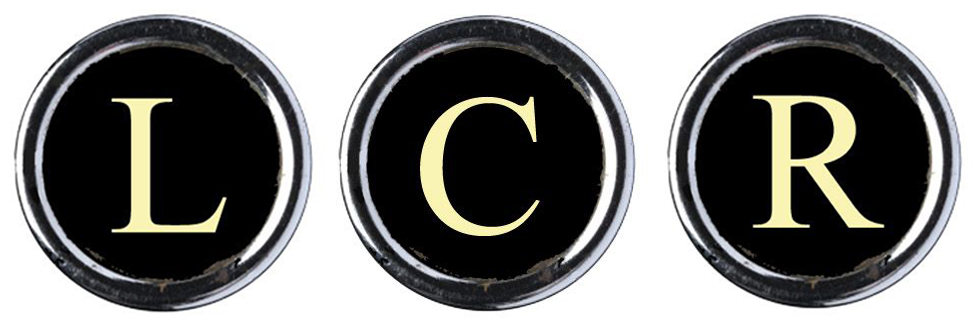These last few weeks I’ve been spending a lot of time getting the word out about Secrets & Lies in the run-up to Pub Day (next Wednesday!!). But on this Friday afternoon I’m finally back to writing the as-yet-unnamed Book #2 in the Riley Russell Mystery Series–and this time I’ve got a road map.
I wrote Secrets & Lies as a pantser; in writing circles that’s how they refer to writing “by the seat of your pants,” or without an outline. I don’t know if it was the pantsing or the fact that it was my first novel, but it took way longer than I want to spend getting the sequel out into the world. With readers who will be eagerly (I hope) awaiting the next book, I knew I had to change my process if I was going to be able to build momentum with this series. Yet, when I tried plotting, I found myself bogged down and bored and, ultimately, stuck. Luckily, I found a middle ground: Jane Cleland’s Plotting Road Map.
Novels typically have a primary plot and a couple of subplots. These plots all have to mesh, periodically intersecting and feeding one another. Think of it as a braid: three separate pieces coming together to form a beautiful whole. Jane refers to them as the Highway (the Primary Plot) and Service Road 1 (which is Secondary Plot 1) and Service Road 2 (Secondary Plot 2). For me, that kind of terminology really helped me to visualize what she was talking about. The highway lies straight ahead, with a service road on the left and another on the right. At least that’s how I saw it in my mind’s eye.
In Riley Russell #2, the Primary Plot is about Riley’s latest case, a patent infringement case for a Big Pharma client. Of course, the case isn’t as straightforward as it appears, and doubts about the client’s claims surface pretty quickly. Secondary Plot 1 is about Riley’s widowed mother and her new man…who seems to have appeared out of nowhere, with no easily discernible past and questionable motives. Secondary Plot 2 involves the continuing push-pull of Riley’s undeniable attraction to Detective Marc DelAversano and her simultaneous desire to hold him at arm’s length to avoid getting hurt again. The problem is, Marc ends up having sources that can help Riley get at the truth about both her client’s case and her mother’s mysterious beau, so they, of course, are thrown together once again.
Here’s how the Road Map works: Having the bones of your three plots in mind, you then must determine your major plot points (in my case, seven for the primary plot, a few less for each of the two secondary plots). Then plug them into the Road Map and proceed to write “point-to-point.” This really helps keep me focused on where I want the story to go. And, especially when you’re in the early stages, with that dreaded blank page (or screen) taunting you, it helps to have the story broken down into manageable “chunks.” I mean, who wants to look at a blank page and think, “Hey, all I have to do now is write 85,000 words”? Jane even helpfully provides guidelines for where these plot points should go in your story.
I’ve translated Jane’s vision into a color-coded Excel spreadsheet because I’m a visual person. My Road Map is five pages long, and this is page one.

Truth be told, I’m enjoying the writing process even more, now that I have this Road Map. It may not be a full-blown outline, but it’s proving to be just the right amount of structure for me.
If you’re a fellow writer struggling with the concept of plotting, I highly recommend Jane’s book.


Recent Comments